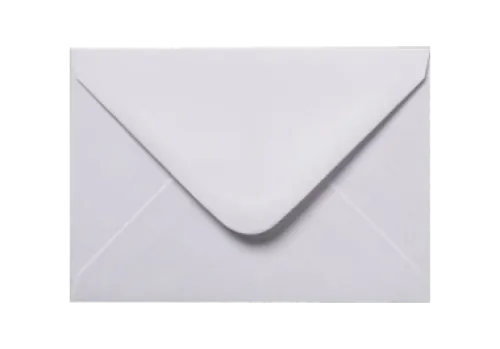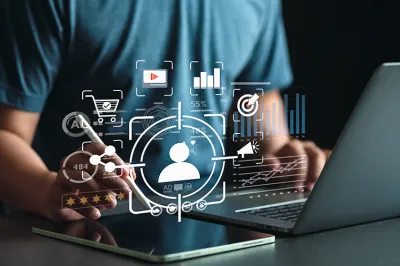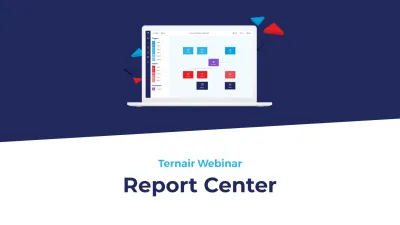Personalization is on every marketer's schedule sooner or later. In doing so, timing is often the underdog that falls "somewhere" under data. Timing, however, lies at the heart of the success of all your online campaigns and ongoing marketing efforts. This article will give you practical tools to optimally place timing in your marketing and to personalize the customer experience.
As soon as you start naming timing in the organization, something crazy happens: everyone can name all kinds of examples, but you quickly end up with completely different topics, such as data and connectivity. Timing is a tricky topic that you can't always make concrete, especially in the beginning. In fact, it has all sorts of dimensions in which you can discuss it: timeliness, elapsed time, engagement, publication or availability, behavior, the time moment and the time zone. You can think of a concrete application for each factor this way, but that doesn't give you a real handle on timing as an essential building block in your personalization. The first tool for understanding timing is the customer journey.
Timing in the customer journey
The customer journey is the customer journey in which your potential customer transforms into a loyal customer. To do so, he goes through stages in which he gets to know, appreciate and choose your company and product or service. At each stage there is a different information need. In the beginning, the customer becomes aware of his demand, such as the need to renew a broken car. At that point, he first wants to know if his car is really beyond repair. Then he is curious about all the options: new, used, leasing or sometimes renting one. His choice of a used car, for example, he investigates further: buying directly from a private person, from a local garage or online. If you are a platform for used cars, you can communicate with this target group at every step in the customer journey, as long as you tailor your message to the right stage.
To do this, you first determine which stage of the customer journey your customer is in. You do this by measuring the KPIs of each step that are characteristic of that phase, such as requesting a quote (consideration) or reading a blog (awareness). By starting your marketing with assumptions about your target audience and measuring the results, you gradually fine-tune the timing of your message for each stage.





